Top 6 Nutrition and Hydration Tips for High Altitude
By Marisa Michael, MSc, RDN, LD
Updated January 9, 2024
This post may contain affiliate links.

Do you have a high-altitude trip planned soon? Maybe you live at a lower elevation but are going backpacking, skiing, or rock climbing at higher elevations. There are a few things to know to make your trip more enjoyable. Planning ahead and knowing how your body responds to altitude can make the difference between feeling amazing or not being able to finish what you started.
High Altitude Defined:
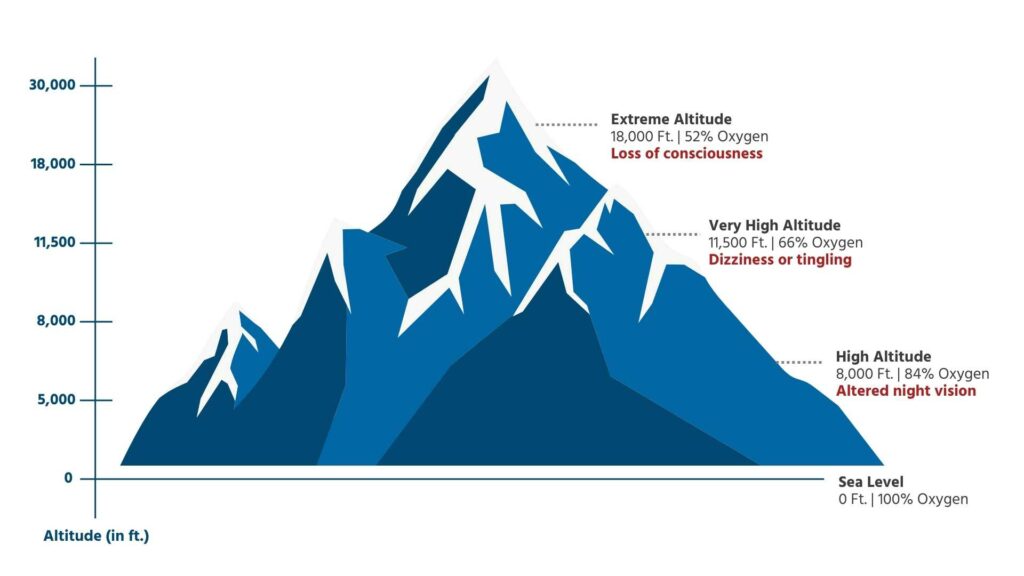
What does “thinner air” mean?
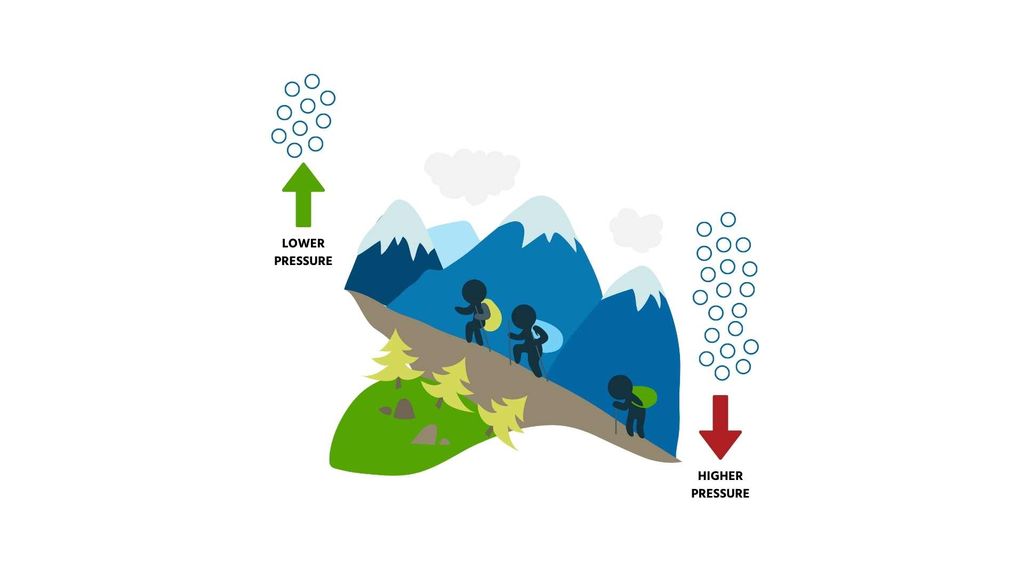
As you go higher, the air is “thinner.” This means oxygen molecules are spread farther apart than at sea level. What does that mean for your body? Less oxygen is delivered to your tissues for each breath of air you inhale.
Why is this a problem at high altitude?
Less oxygen can decrease performance, especially if you haven’t had time to acclimate. If you’re only there for a few days, your body won’t have time to adapt physiologically to the higher altitude. If you’re at a higher altitude for weeks, your body will begin to adapt. No matter the length of time you plan to stay at high altitude, it’s important to eat and hydrate right.

Tip #1: Consume adequate calories
Weight loss is a concern when spending time at high altitudes. Now’s not the time to lose weight, even if you’ve wanted to shed 15 pounds. You want your body to get enough energy to fuel your adventure. If you’re losing weight on your trip, that is a sign that you need to eat more.
Possible reasons for weight loss:
- You might not have access to as much food as you need on the mountain
- Your energy expenditure (amount of energy your body uses) increases at high altitude
- You are exerting more effort because of the difficulty of the terrain or the nature of your trip
- Appetite is sometimes decreased
Eating more calories can help your body adapt to altitude and exercise. It can also help your immune system, which can be compromised at a higher altitude.
Tip #2: Consume carbohydrate-rich foods
Your body also needs more carbohydrates at high altitudes. Adrenaline, noradrenaline, and cortisol are all elevated with exercise at altitude. These hormones increase the use of carbohydrates for fuel. Carbohydrate is also your body’s preferred energy source, especially at high altitudes.
Researchers recommend that at least 60% of your intake be from carbohydrates. This can be done by eating foods and drinking fluids that contain carbs.
Sources of carbohydrates:
- Bread
- Pasta
- Fruit
- Potatoes
- Milk
- Rice
- Quinoa
- Tortillas
- Gatorade or other sports drinks

Tip #3: Consume adequate protein for recovery
There isn’t much information about protein intake at altitude and how it may affect muscle growth. It’s probably safe to assume that you’ll need at least as much protein at a higher elevation than at sea level. Eating about 20-30 grams of protein after exercise and enough overall protein throughout the day is probably sufficient.
Tip #4: Don’t fear fat
Like protein, we don’t know much about ideal fat intake at higher elevations. However high-fat foods tend to be higher in calories, which is good for eating enough overall calories to prevent weight loss.
Sources of fat:
- Jerky
- Chocolate
- Variety of nuts and nut butters
- Olive and coconut oil
- Butter or ghee
Tip #5: Load up on iron before your high altitude trip
You want to start your trip with adequate iron stores. Attempting a high-altitude adventure with low iron stores will leave you feeling fatigued. If you plan a high-altitude climb or climb at high altitude frequently, it’s worth checking your iron. Go to a physician at least six weeks before your trip and ask for some blood work to be drawn to test your iron stores. If you have any abnormalities, talk with your doctor and/or sports dietitian about supplementation and adding iron-rich foods to your diet.
Sources of iron:
- Fortified grains
- Beef
- Spinach
- Lentils
- Kidney beans
- Organ meats
- Eggs

Tip #6: Don’t forget to hydrate

High elevations make it easier to become more dehydrated (which is a bad thing) because your respiratory and urinary water losses are greater. This translates into less overall blood volume in your body. This means your heart rate may increase, but the cardiac output (the amount of blood pumped by the heart per minute) decreases.
Why is this a problem?
This means for each heartbeat, your muscles and other tissues aren’t getting the same blood and oxygen delivered to them that they are used to. Heat regulation also becomes more difficult. According to one study, there is about a 3% decrease in exercise capacity for every 300 meters above 1500 meters. Imagine hiking a tough route at high altitude when you’re not used to it. Perceived effort is increased. To make matters worse, sleep is also usually compromised at high altitudes. Drinking enough can help you feel better.
How much and what types of fluid should I drink?
Fluid needs are around 3-5 liters daily (about 13-21 eight-ounce cups). This is a lot, especially if you generally struggle to drink enough. Some studies have shown that drinking a beverage with carbohydrates and electrolytes (like sports drinks) is better at hydrating than water alone at altitude. You need extra fluids because of increased fluid loss through respiration and sweat from dry air. There’s some evidence that good sleep patterns and adequate hydration can help prevent symptoms of altitude sickness. Drink regularly and don’t rely on thirst, as this might not indicate how often you need to drink.
With extra attention to your food and fluid intake, your high-altitude adventure can be successful. Beat fatigue and dehydration by remembering to consume extra calories, carbohydrates, protein, and fluids.
Disclaimer: This is general nutrition advice, and you should talk with your physician before implementing any dietary or lifestyle changes.
Do you tend to lose your appetite while at high altitude?
Here’s a potential solution. Consider packing Backcountry Foodie’s fan-favorite – Chocolate Peanut Butter Shake – a meal replacement drink the next time you’re hiking at high altitude.
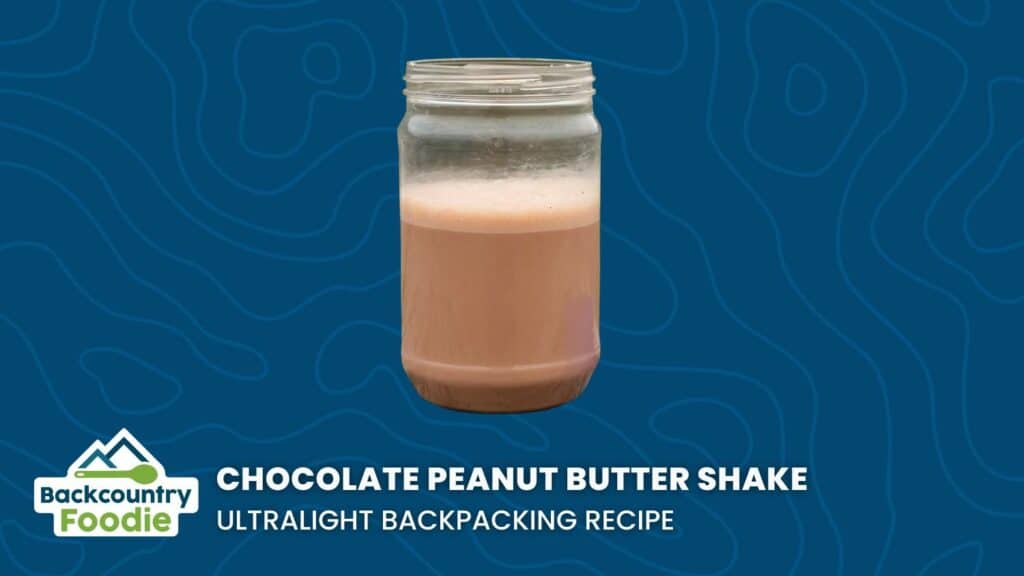
READY TO SEE MORE MEAL REPLACEMENT RECIPES LIKE THIS ONE?
Backcountry Foodie is your go-to resource for more than 200 backpacking dietitian-created recipes, including nearly 20 meal replacement drink recipes just like the Chocolate Peanut Butter Shake above. Backcountry Foodie is also your go-to resource for backpacking nutrition masterclasses, YouTube videos, and podcast episodes.

DON’T HAVE TIME TO PREPARE MEAL REPLACEMENT SHAKES?
Here are a few of our favorites available in our shop…
Did you find this post helpful?
Pin It and share it with your fellow adventurers…
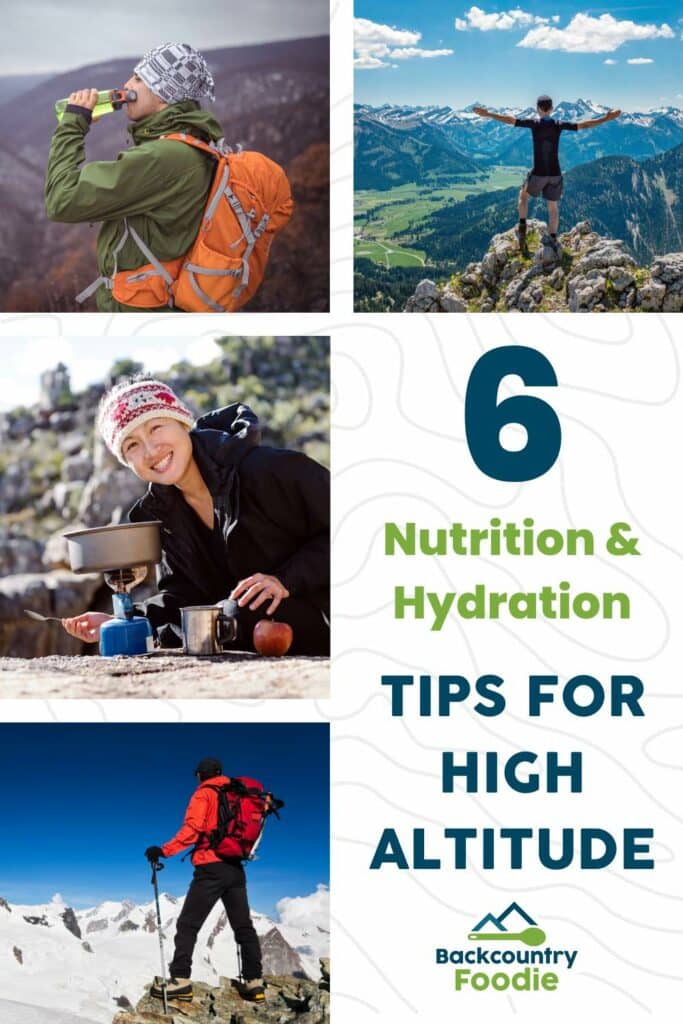
Are you new to our blog?
Here are more posts that you might find interesting…
- How to Eat for Backpacking in Extreme Conditions
- Essential Macronutrients for Muscle Recovery
- Hydration and Delayed Onset Muscle Soreness (DOMS)
- What to Eat and Drink While Hiking in Hot Weather
- Foods to Improve Blood Flow
- A Look at Supplements, Meals, and Snacks for Muscle Recovery
- Backpacking Water Purification: Beyond Filters
DISCLOSURE: Some of the links on this page are affiliate links, which means we may receive a modest commission if purchases are made through those links. This adds no cost to our readers and helps us keep our site running. Our reputation is our most important asset, so we only include links for products we use ourselves.
ABOUT THE AUTHOR:
Marisa Michael, MSc, RDN, LD is a sports dietitian and personal trainer. She has a private practice helping athletes and active people achieve better health and performance through nutrition. She is available for one-on-one consults, speaking, and writing gigs. You can book a virtual appointment online at www.realnutritionllc.com. Marisa is also the author of Nutrition for Climbers: Fuel for the Send, which can be purchased via Amazon or her website, nutritionforclimbers.com.
Sources:
- Kechikan, D. (2011). Optimizing nutrition for performance at altitude. Journal of Special Operations Medicine, 11, 12-17.
- Ladd E, Shea KM, Bagley P, Auerbach PS, Pirrotta E, Wang E, Lipman GS. (2016). Hydration status as a predictor of high-altitude mountaineering performance. Cureus, 8(12): e918.
- Ross M, Martin DT. (2015) Altitude, Cold And Heat. In Burke L and Deakin V (eds) Clinical Sports Nutrition (5th). Sydney, Australia, McGraw Hill, pp767-791


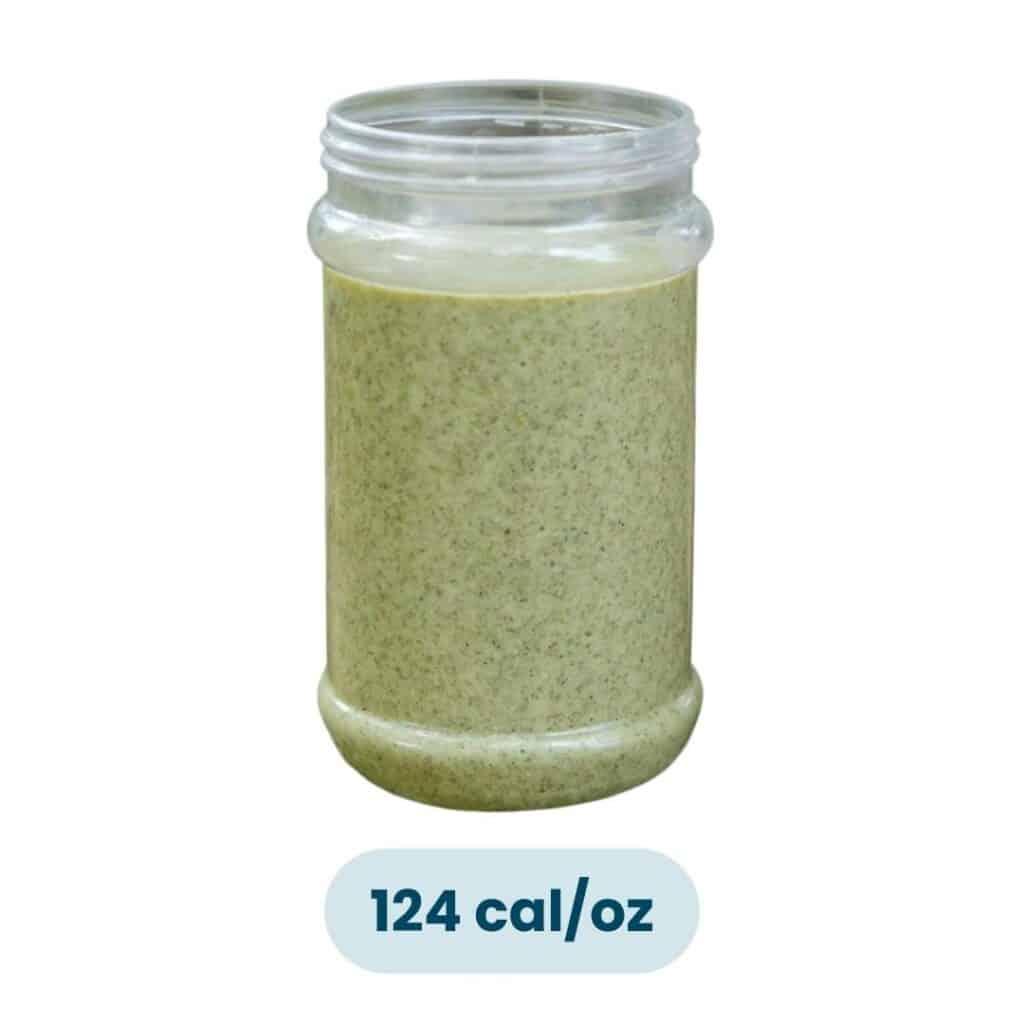
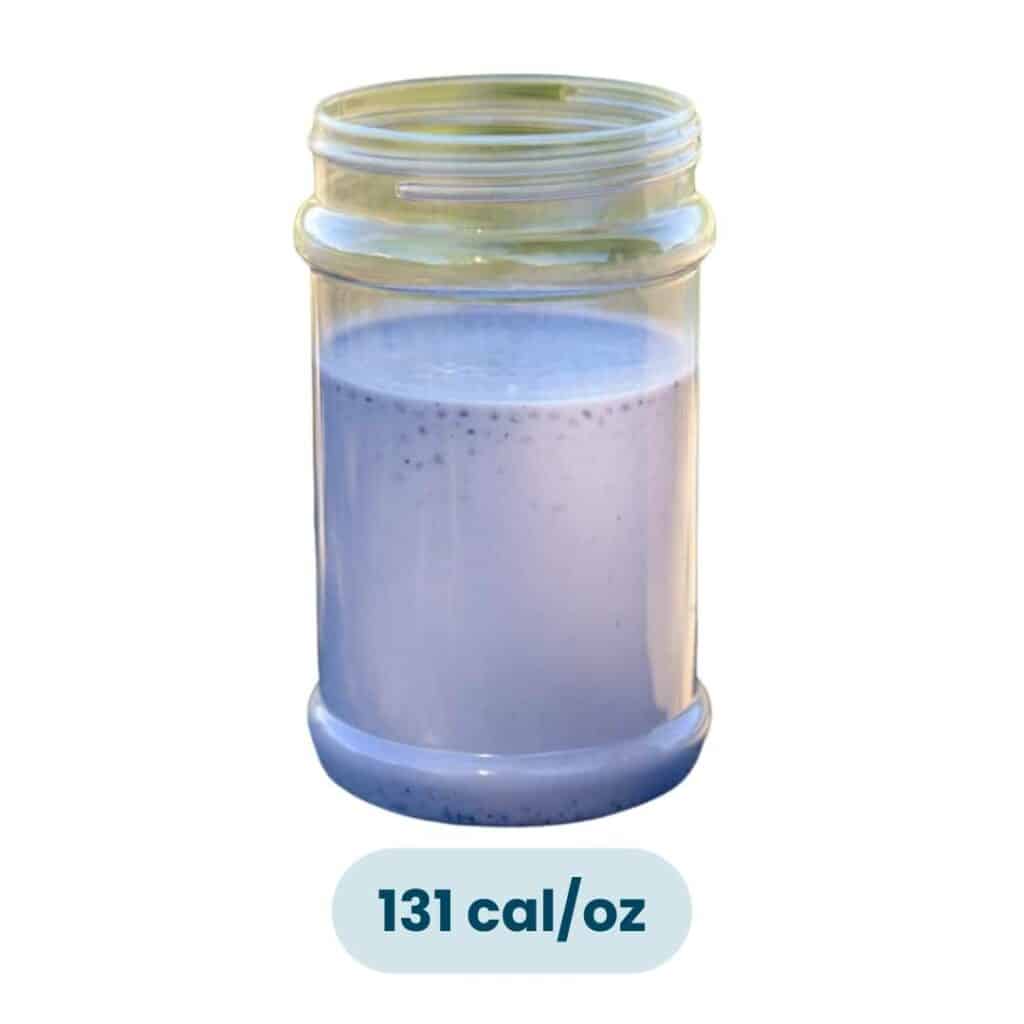
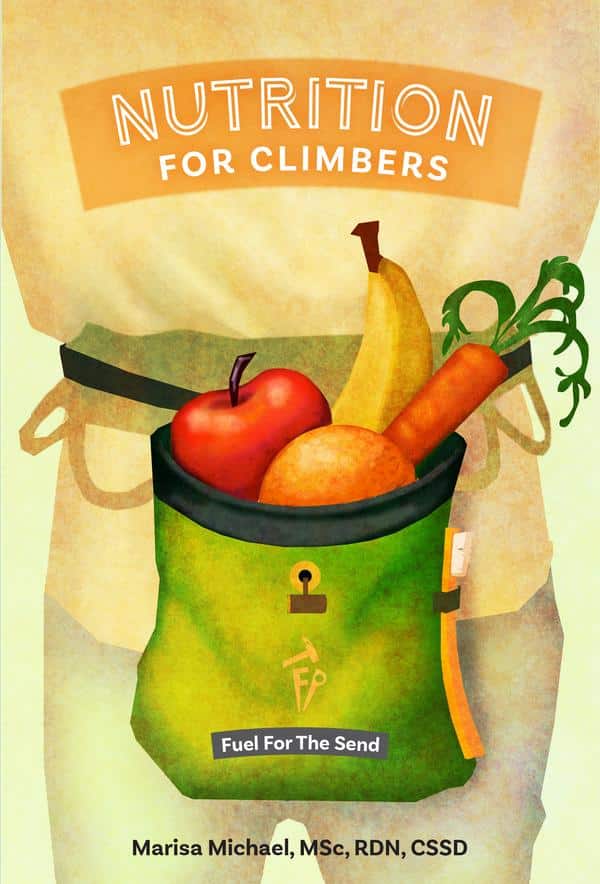
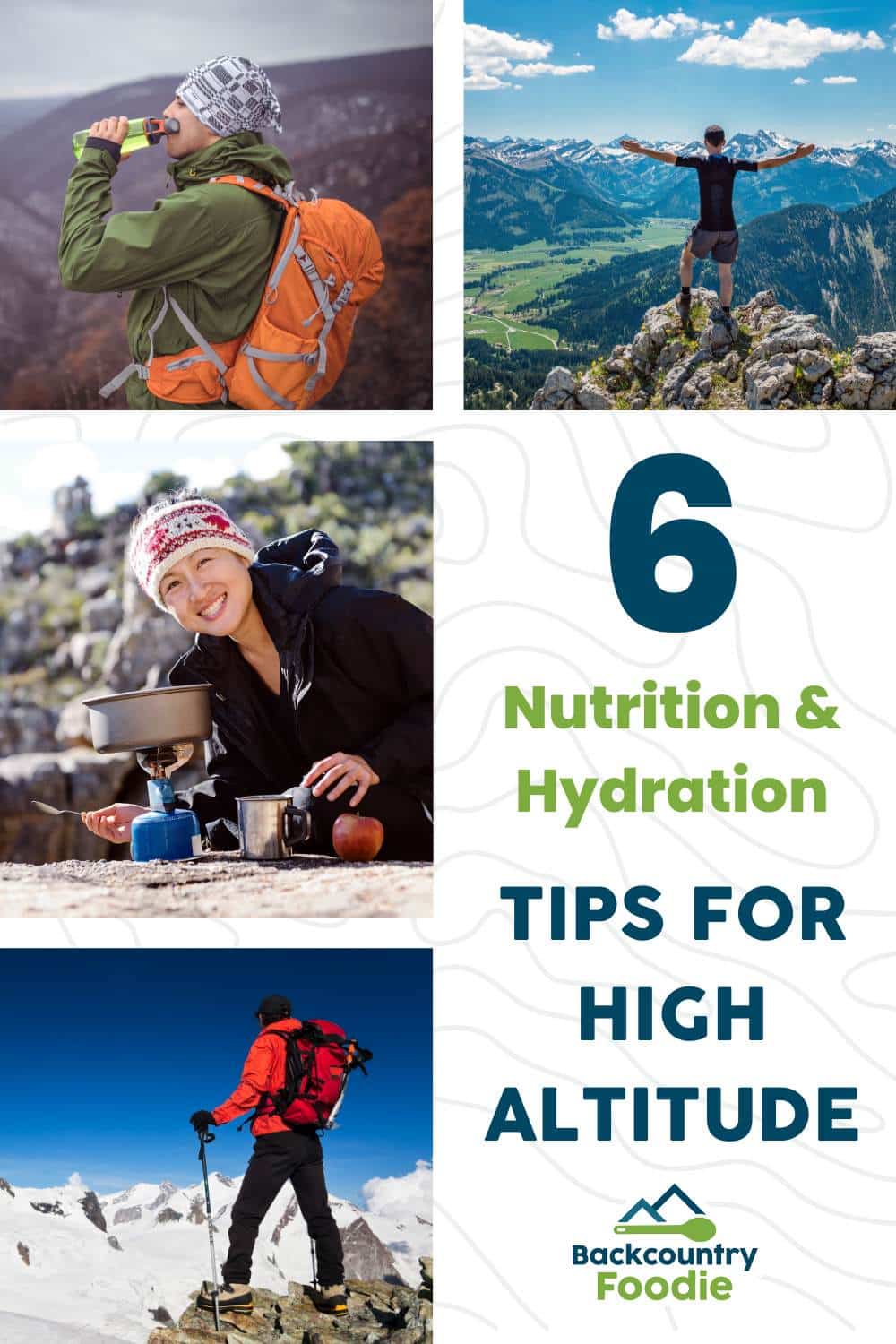
4 Comments
Climbing Killamajaro in July.
Thank you for the information
I need ideas for snacks and food for a football team travelling 3 days in high altitude and will play a match
Unfortunately, I don’t have experience with football players, but I would anticipate that high-calorie intake would be key. As the article mentions, I would focus on high-carb foods in addition to protein. You didn’t mention how old the players are, but I would guess that teenagers are probably less likely to eat foods that adult men would eat. High-carb foods like bagels, bread, pasta, tortillas, etc., followed up with nut butter, cheese, jerky, etc., for protein could be options.
Thanks for this. I doubt I’ll be getting this kind of elevation anytime soon, but it’s still good info.